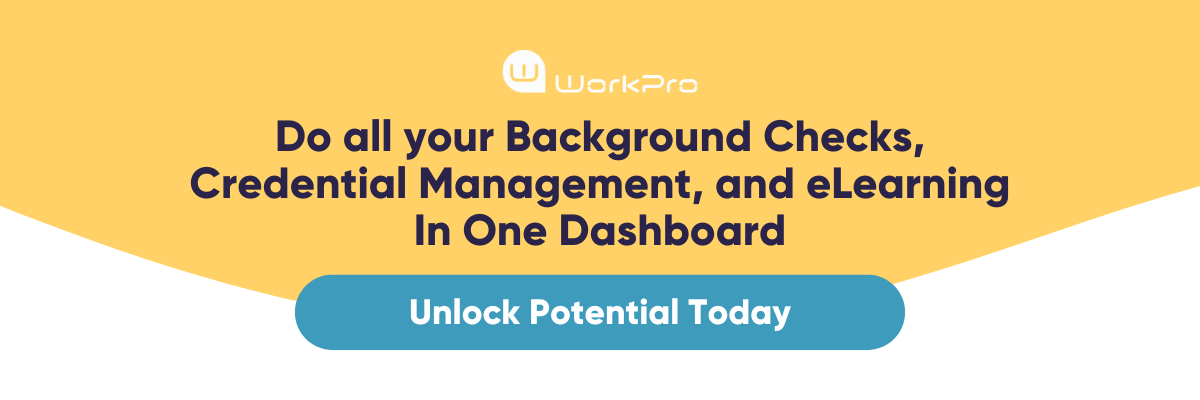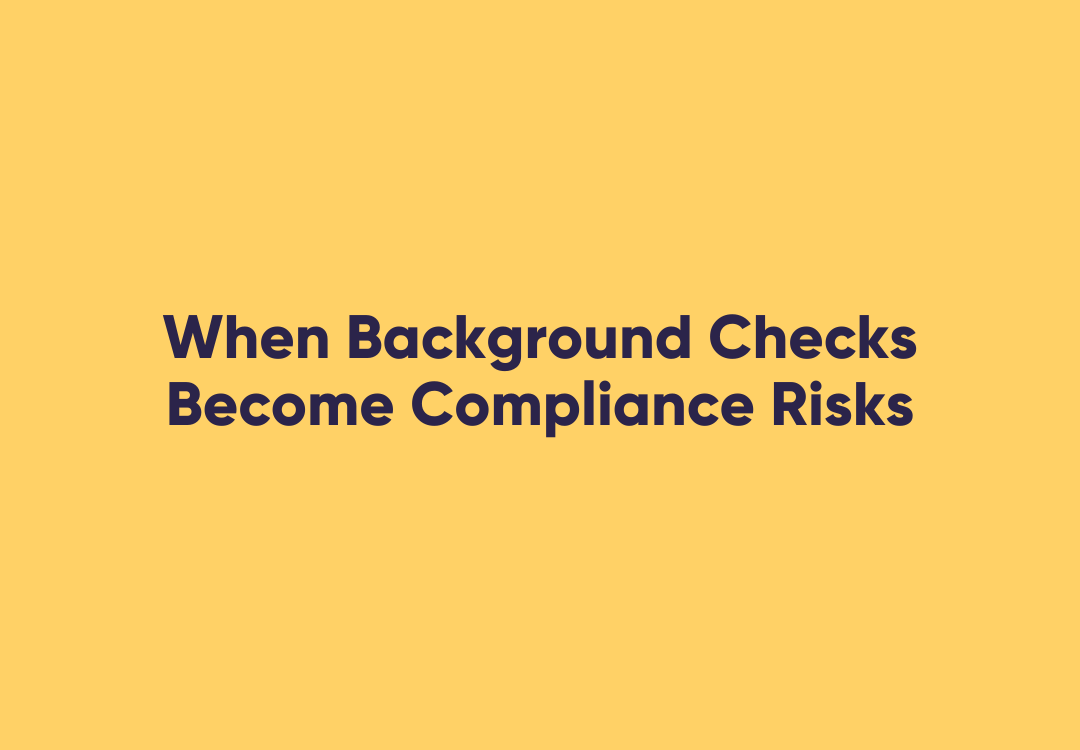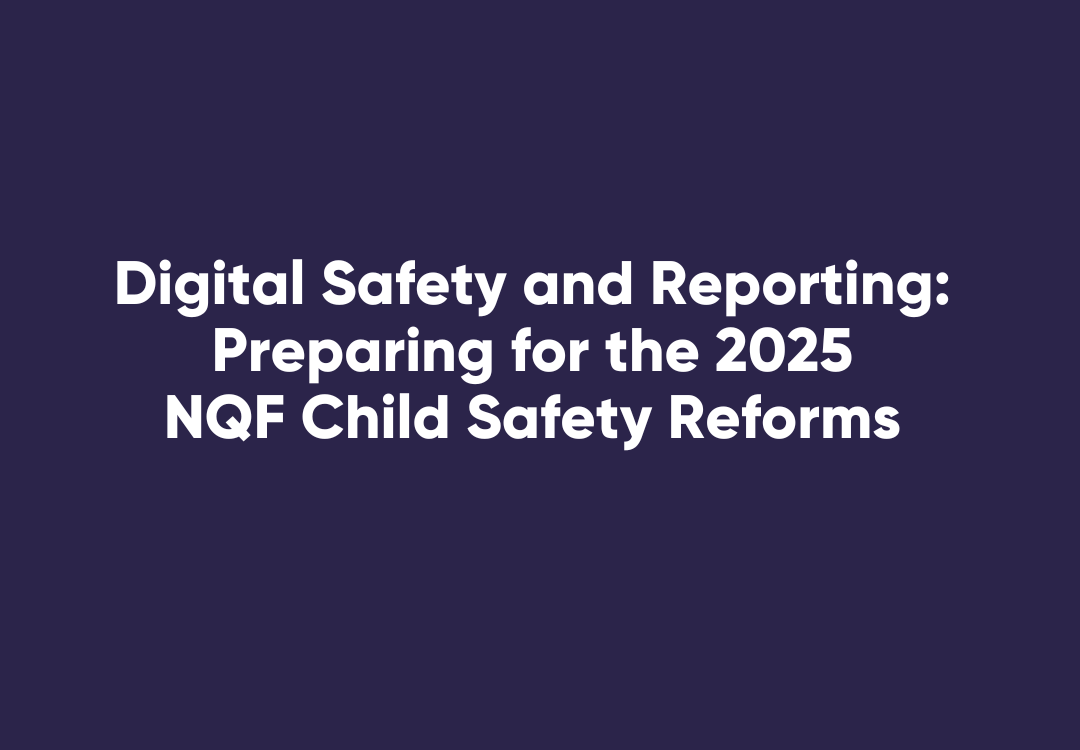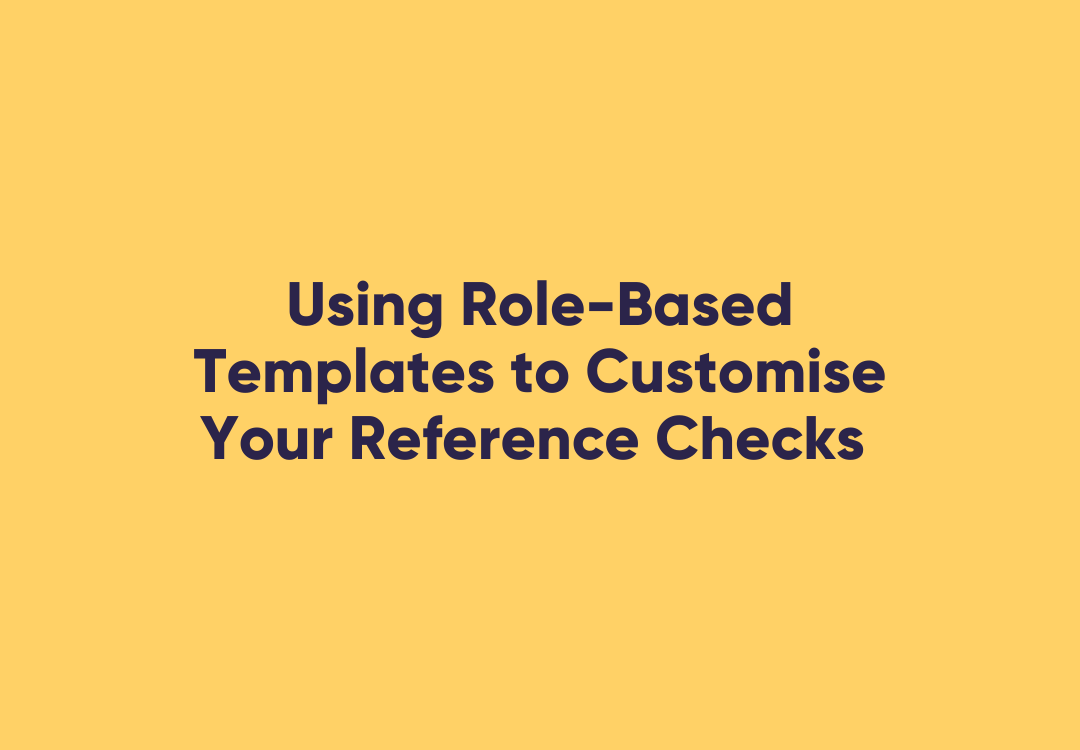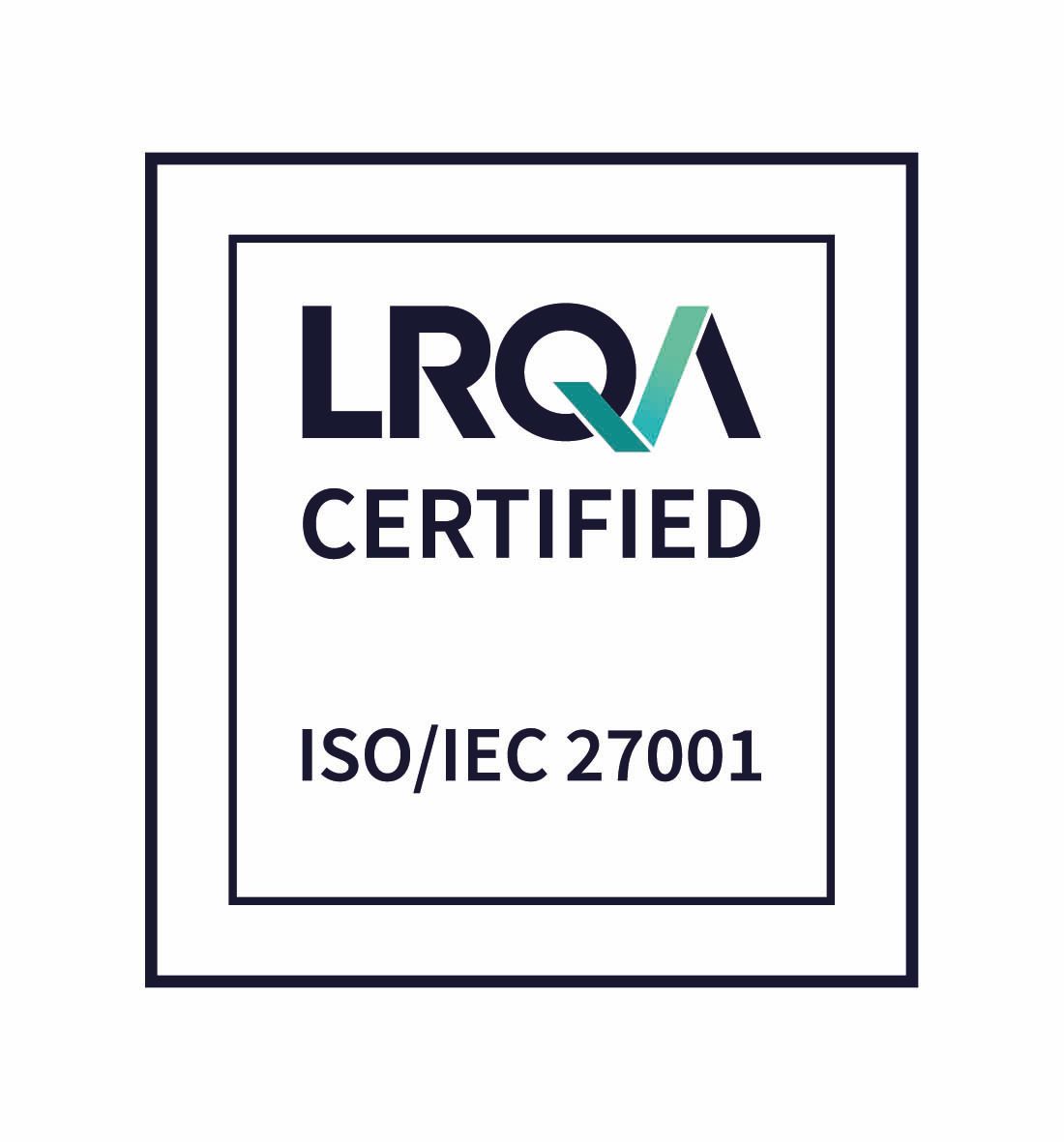Document Verification Services: What Recruiters Often Get Wrong About ID Checks
Document Verification Services: What Recruiters Often Get Wrong About ID Checks
Relying on scanned documents and static uploads for identity checks has become increasingly risky. While once considered acceptable, uploading a photo of a passport or licence and manually reviewing it does not guarantee authenticity. These methods lack any connection to official government databases, offer no real-time verification, and create vulnerabilities around fraud, data integrity, and compliance.
Today’s candidates expect secure and seamless onboarding. Employers, in turn, need fast, accurate verification that can adapt to changing right-to-work status and regulatory expectations. Static uploads do none of this. As hiring becomes more digitised and mobile-driven, HR leaders are turning to document verification services (DVS) and biometric authentication to modernise how identity checks are handled.
This article explores the functional differences between outdated upload methods and live digital verification. It also examines where manual identity checks typically fail, what features define a modern DVS-connected system, and how these technologies are changing the candidate journey.
What Is the Difference Between Static Uploads and DVS-Based Identity Verification?
A static upload refers to the manual collection of identity documents during recruitment. Candidates are typically asked to email or upload a scan or photo of a passport, driver’s licence, or visa. HR staff then perform a visual review to confirm the name and photo match the application. While simple, this approach lacks critical safeguards.
There is no link between the document and any authoritative source. Expired, altered, or forged documents are often indistinguishable from valid ones when viewed on a screen. There is also no verification of whether the person submitting the document is actually the person named on it. These weaknesses create openings for fraud, data error, and compliance failure.
By contrast, DVS-connected systems provide real-time validation. These platforms connect directly to official government records, checking the ID number, name, and expiry date for authenticity. When paired with biometric verification, the candidate is asked to take a live selfie, which is then matched to the photo in their ID. This confirms that the candidate is not only presenting a valid document, but is physically present and the rightful holder of that document.
This level of verification gives HR teams greater confidence in their onboarding decisions while also protecting against identity fraud and record-keeping gaps.
Where Do Manual ID Checks Fail in Recruitment?
Manual identity checks often seem straightforward, but they introduce hidden risks and operational inefficiencies. These common pain points affect candidate quality, hiring speed, and long-term compliance.
Visual-only reviews are not enough
Frontline admin teams are often tasked with checking ID photos, expiry dates, and document details manually. Even with careful review, forged or altered documents can pass undetected. Minor edits or out-of-date licences may slip through, especially under time pressure.
Re-verification is often overlooked
Candidates who return for new placements, move from temporary to permanent roles, or change job functions are not always re-verified. This creates gaps where expired documents or changed visa status go unnoticed, undermining compliance.
One-size-fits-all processes create blind spots
A single identity check process is often applied to all roles, regardless of risk level. A high-risk security position may require more robust ID validation than a short-term administrative contract. Manual systems often do not support role-specific workflows.
Poor record-keeping leads to audit risk
Identity documents stored in spreadsheets or shared inboxes are difficult to manage, search, or secure. When it comes time for a compliance review or audit, missing files or incomplete records can lead to regulatory breaches or operational delays.
What Makes a Modern Document Verification System Work?
A DVS-connected system does more than check a licence or passport. It provides a structured, automated process that reduces the burden on HR and improves outcomes for both candidates and compliance teams. Here are the core features to look for:
Direct DVS integration
This capability connects the identity check process to Australian government databases, enabling real-time confirmation of whether a document is current, valid, and correctly formatted. It eliminates guesswork and reduces the risk of accepting expired or forged documents.
Biometric verification with liveness detection
A secure identity system should ask the candidate to take a live selfie. That image is compared to the ID photo to confirm the person’s identity. Liveness detection ensures the selfie is not a static image or recording. This step eliminates impersonation risk and strengthens authentication.
Automated expiry and visa monitoring
Some systems continue to track ID or visa status even after onboarding. Alerts are issued if a document is close to expiry or if right-to-work status changes. This supports ongoing compliance, particularly for industries with repeat placements or short-term contracts.
Secure data handling and audit logs
All identity data should be stored in a secure environment with encryption, access controls, and audit trails. The system should log every verification, result, and consent interaction. This ensures HR teams are always ready for internal or regulatory reviews.
Candidate-centric design
A mobile-first, intuitive interface allows candidates to complete their checks quickly and without confusion. This reduces drop-off during onboarding and builds confidence in your hiring process.
Role-based verification options
Organisations should be able to customise verification workflows depending on the type of role, level of risk, or industry regulation. This ensures no unnecessary barriers for low-risk hires, while still maintaining rigour where needed.
Visual Guide: Identity Verification With and Without DVS
Without DVS and Biometrics:
- Candidate is asked to upload a photo of ID
- HR staff manually inspect document for authenticity
- No check against government databases
- If document is forged or expired, it may go undetected
- ID is stored manually, often without structured records
- No expiry alerts or ongoing monitoring
With DVS and Biometrics:
- Candidate receives secure digital link to begin check
- ID is uploaded and automatically validated via DVS
- Candidate takes a live selfie, matched to ID photo
- Biometric tool confirms identity and presence
- All data is securely stored with audit logs
- HR receives alerts for document expiry or visa changes
This approach removes uncertainty from the onboarding process and gives both candidate and employer a secure, transparent experience.
How WorkPro Delivers DVS-Connected Identity Verification
WorkPro offers an integrated platform that combines document verification, biometric authentication, and automated compliance monitoring in one system. Designed for Australian employers, the platform is built to support secure hiring across industries where accuracy, speed, and trust are critical.
Key features include:
- Real-time identity validation via DVS
- Biometric checks with liveness detection
- OCR for fast, accurate data extraction from ID documents
- Expiry and visa status tracking, with alert notifications
- Customisable workflows for role-based verification
- Seamless candidate experience on mobile and desktop
- Encrypted data storage and complete audit history
- Integration with leading HR systems such as JobAdder, Bullhorn, and PageUp
By moving to a DVS-connected solution, HR teams using WorkPro have reduced onboarding times, improved candidate experience, and strengthened audit readiness.
A reliable identity verification process is no longer a back-office formality. It is a critical component of compliant, efficient, and trustworthy hiring. Static uploads served a purpose in the past, but they no longer meet the expectations of regulators, candidates, or risk-conscious employers.
By adopting DVS-connected systems with biometric verification and secure data handling, HR professionals can reduce manual effort, avoid compliance gaps, and offer a better experience for candidates from day one.



